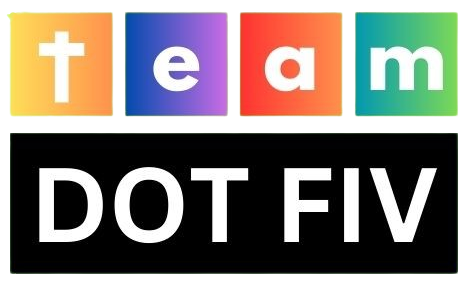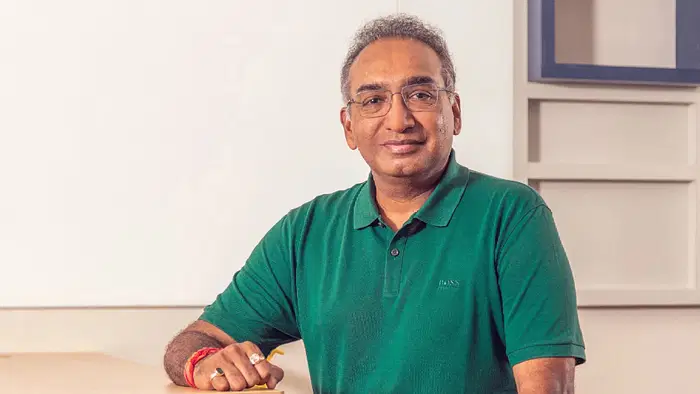Over the past ten years, there have been enormous advances in digital publishing. The needs for content and revenue models have changed along with technology.
Puneet Gupt, COO of Times Internet, has over ten years of experience at the biggest online publisher in India, thus he has a firsthand understanding of this changing environment. There were 40–50 million users in the news industry when he started working there in 2012. Over 100 million people utilize it now on different properties.
During the 4th edition of afaqs! Digipub World, Gupt had an interview with Sreekant Khandekar, co-founder of afaqs!, wherein he discussed the dynamic publishing scene. He discussed his insights, the development of Times Internet, its monetization techniques, and his hopes for artificial intelligence.
What important lessons have you learned since joining Times Internet ten years ago?
The key takeaway is to take advantage of tailwinds when conditions are favorable. Audiences were flocking in throughout 2015–19. Initially using mobile devices, these early adopters of the internet now make up 95% of our ecosystem.
How did you leverage the influx of audiences during that period?
We first leveraged the growth in internet readership by expanding the print properties of Bennett, Coleman and Company Limited (BCCL), which included the Times of India, Navbharat Times, and other regional periodicals. However, we also launched some new ones, like News Point, I Am Gujarat, Tamil Samayam, Telugu Samayam, and Malayalam Samayam. We changed our priorities to improve engagement as the audience growth faltered. New categories like ETimes, Gadgets Now, Happy Trips, and Times Food were introduced as a result. We switched from cost-per-day to CPL, CPMs, performance-based, native, and social advertising in response to shifting consumer behavior. Although direct purchases are still important, we have adopted programmatic and performance-based strategies to better serve advertising.
Could you break down your revenue from other channels and programmatically?
We currently split our revenue 50/50 between programmatic and direct, depending on the property. Languages exhibit a lower direct share compared to premium properties like TOI and ET, which lean more toward direct sales. Performance advertising makes up about 10% to 15% of total revenue. Non-performance brand solutions account for thirty percent of direct sales, whereas traditional banner advertisements account for seventy percent.
Over the previous ten years, have you noticed any significant changes in the business economics?
Costs have undoubtedly increased dramatically over time for a variety of reasons. Serving a variety of platforms is one important consideration. At first, we mostly catered to desktop audiences with our material, but these days, we also need to cater to mobile, AMP, PWA, Android, and iOS, which means creating unique goods for each platform. This increased variety increased costs. Furthermore, as we increased the type of content we offered, we used less print resources, meaning that we needed to dedicate more people and resources to the creation of online content. This had an effect on content, product development, and technological costs. Concurrently, the growing phenomenon of content multiplication has put pressure on CPM increase. Advertising failed to keep up with the exponential growth of Indian language content, which put pressure on yields. In an attempt to combat this, more ground-level employees were hired; however, this did not always result in a proportionate reduction in costs, so this further.





 No products in the cart.
No products in the cart.